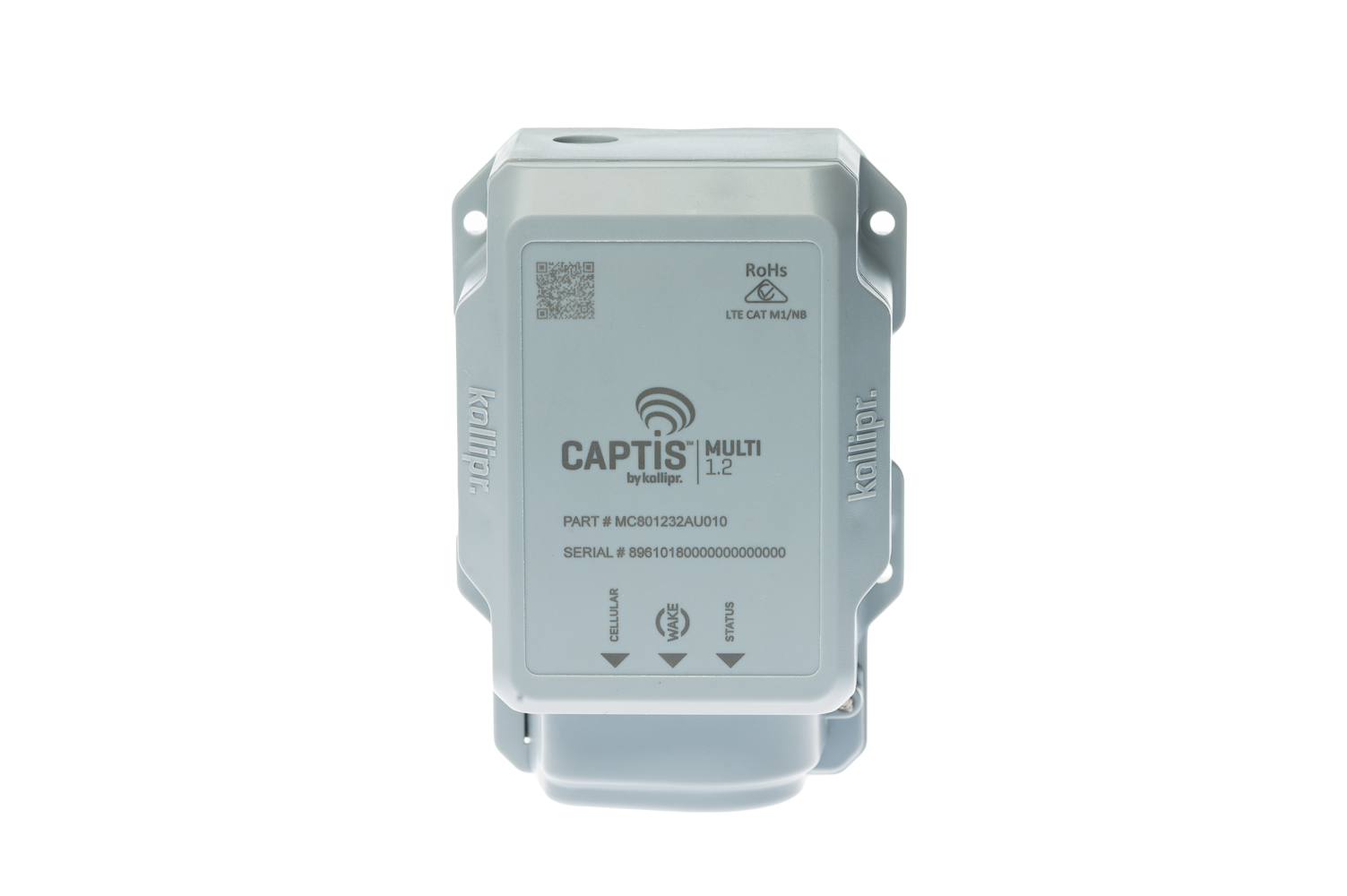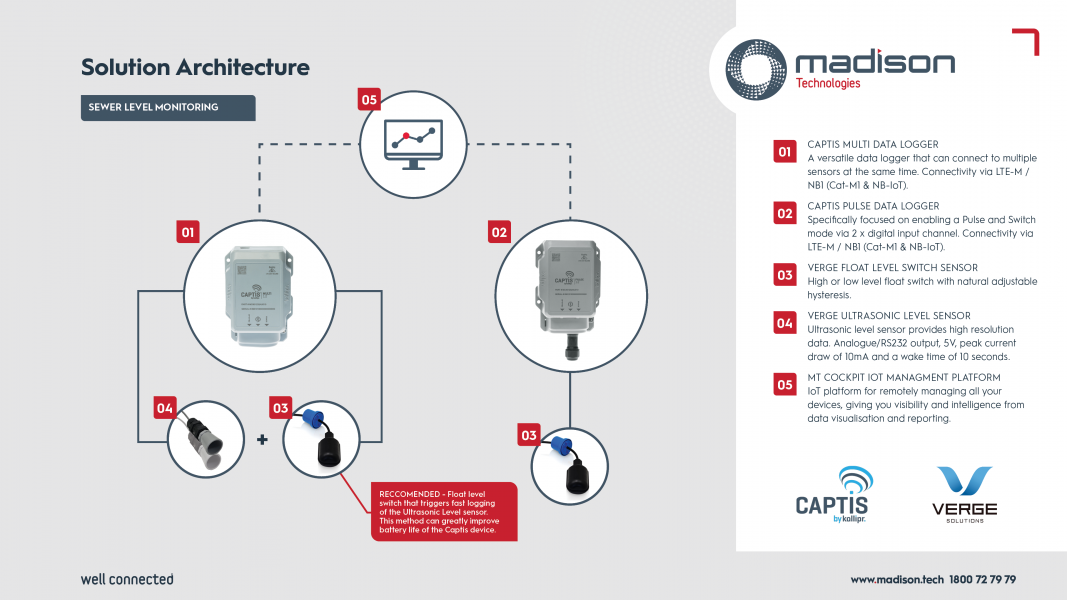The Need
Sydney Water, a major Australian water utility based in New South Wales, is responsible for the management of over 26,000 kilometers of network pipes that collects over 1.5 billion litres of wastewater each day.
Due to the sheer scale of network infrastructure, sewerage service interruptions can occur hundreds of times over a year period in the form of mains breaks and blockages, resulting in overflows.
Previously, no automated method of identifying these overflows existed, with the water utility relying on members of the community to alert them of the incident. The delayed identification and rectification of the sewage overflow often resulted in a risk to public and environmental health, wasted time and resources of the water utility, and the risk of hefty EPA fines.


The Solution
The Captis solution was implemented by Sydney Water to proactively manage sewage overflows through localised monitoring of sewer risers, introducing the ability to identify issues before an overflow can occur.
A fleet of 2,000+ Captis devices (including Captis Pulse and Captis Multi) were deployed to the sewer network and were configured to log and send data daily, in addition to immediate alerts on high level sewer events.
The Captis on-board alarm processing allows for configurable signal debounce to prevent false triggers as well as immediate transmission on events. Additionally, the broken wire input is utilised to detect disconnection or damage of the float switch high-level sensor.
Following the implementation of the Captis solution, the end-user has gained real-time data to assist in the identification of potential sewer overflows, allowing for the proactive resolution of network issues and over 370 potential blockages detected and acted on before an overflow eventuated. As a result, everyday operations are optimised with less network interruptions and risk to public and environmental health is decreased, representing improved compliance to EPA regulations.
Solution Overview
